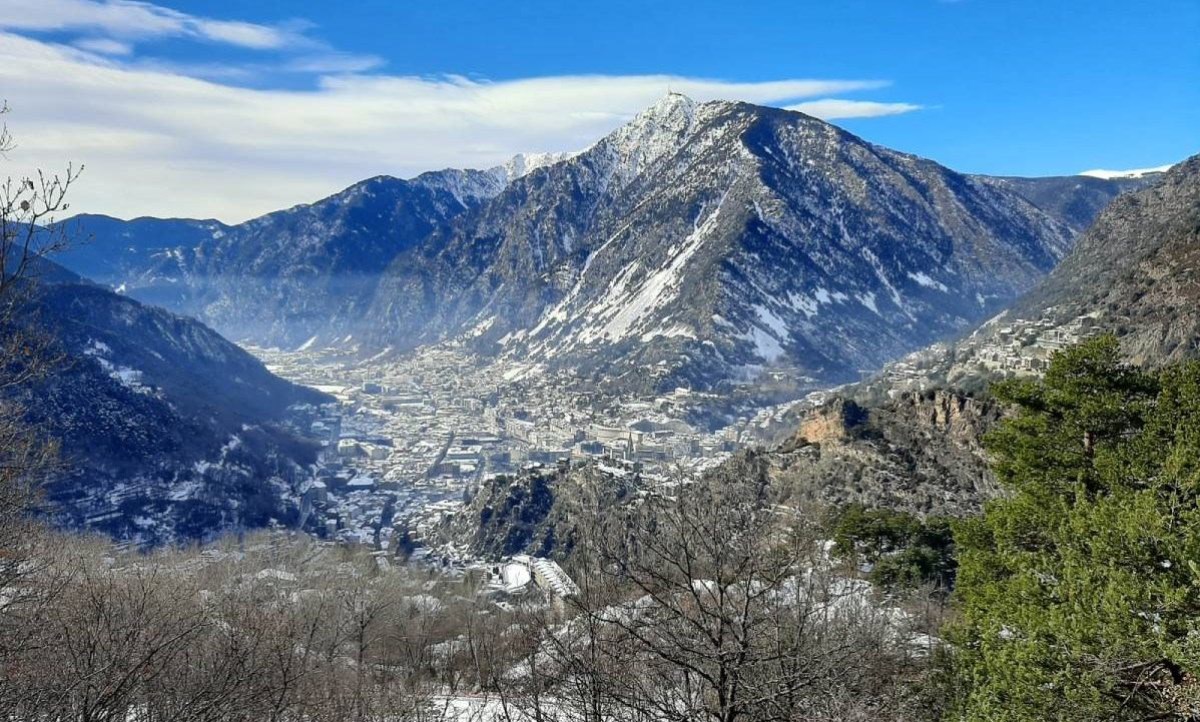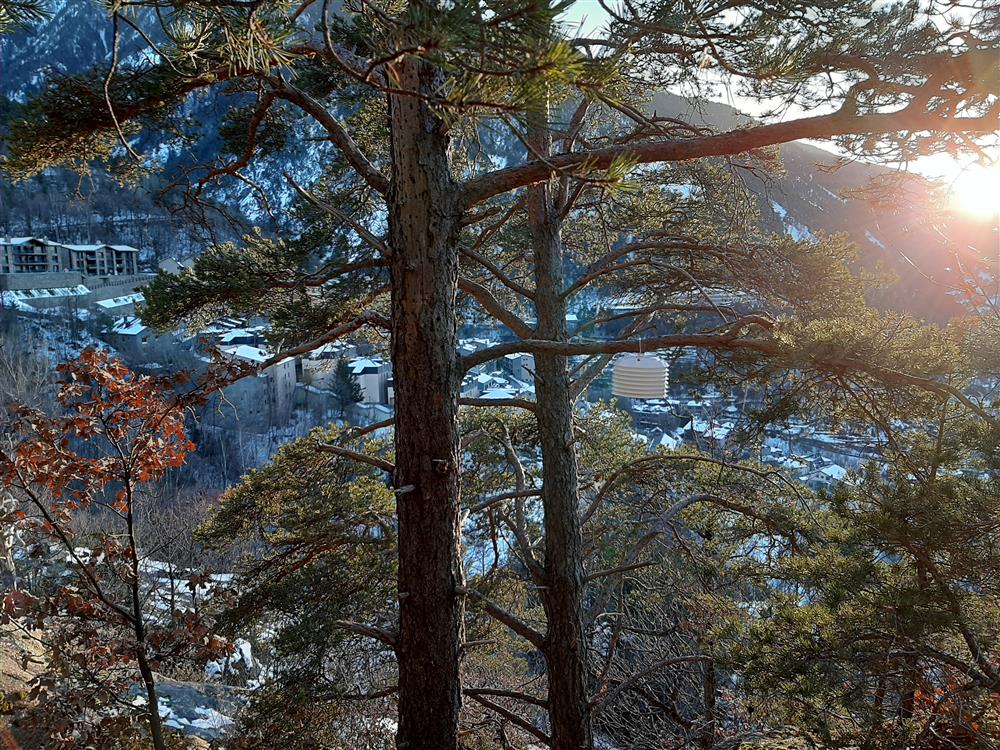Projects

The main objective of the project is to improve the knowledge of the boundary layer in areas of complex orography. Represent the atmospheric processes involved in the dynamics of pollutant dispersion. Its effects on air quality and the possible impacts they have on the territory and the health of the Andorran population are analyzed.
The project has the following objectives:
- Improve the understanding of the structure and the spatial and temporal variability of the winter atmospheric boundary layer in an urbanized area with complex orography, such as the central valley of Andorra, based on in situ observations.
- Evaluate the current numerical models —atmospheric and chemical— for the period 2016-2020 with the existing real measurements from the automatic weather stations and the air quality monitoring network of the Government of Andorra.
In parallel, air quality and health aspects are also investigated:
- The inventory of anthropogenic air pollutant emission sources in the towns of Andorra la Vella and Escaldes-Engordany will be reviewed and updated.
- The inventory of biogenic emissions in Andorra will be started. Different studies point to these emissions as the precursor and causal agents of the generation of tropospheric ozone in rural areas.
The characterization of the polluting episodes has allowed us to study the correlation between air quality levels, meteorological situations, and possible impacts on the health of the Andorran population. Finally, in collaboration with other researchers from Andorra Research + Innovation, who are currently working on a national mobility model, it is planned to use their results as input variables for the future national air quality model (dynamic urban emissions inventory).
During 2020, low-cost TinyTags temperature and humidity sensors were installed in order to start monitoring vertical temperature profiles in the central village of Andorra la Vella and to understand the structure and dynamics of winter thermal inversions in this urbanized village. It has been instrumented from the bottom of the valley up to 2100m (Tosa del Braibal), thus completing the current network of weather stations.

[1] M. Udina, V. Marín, C. Campos, L. Trapero, E. Busquets, Y. Sola, J. Bech, "An overview of the air quality in the Pyrennees and its relationship with heat waves". MetMed, 2025.
[2] M. Udina, D. Soubabère, L. Trapero, A. Albalat, E. Busquets, C. Campos, V. Marín, Y. Sola, J.M. Santamaría, J. Bech. "Ozone pollution in the Pyrenees: influence of heatwave events". ICAM, 2025.

 Anna Albalat
Anna Albalat Laura Trapero
Laura Trapero